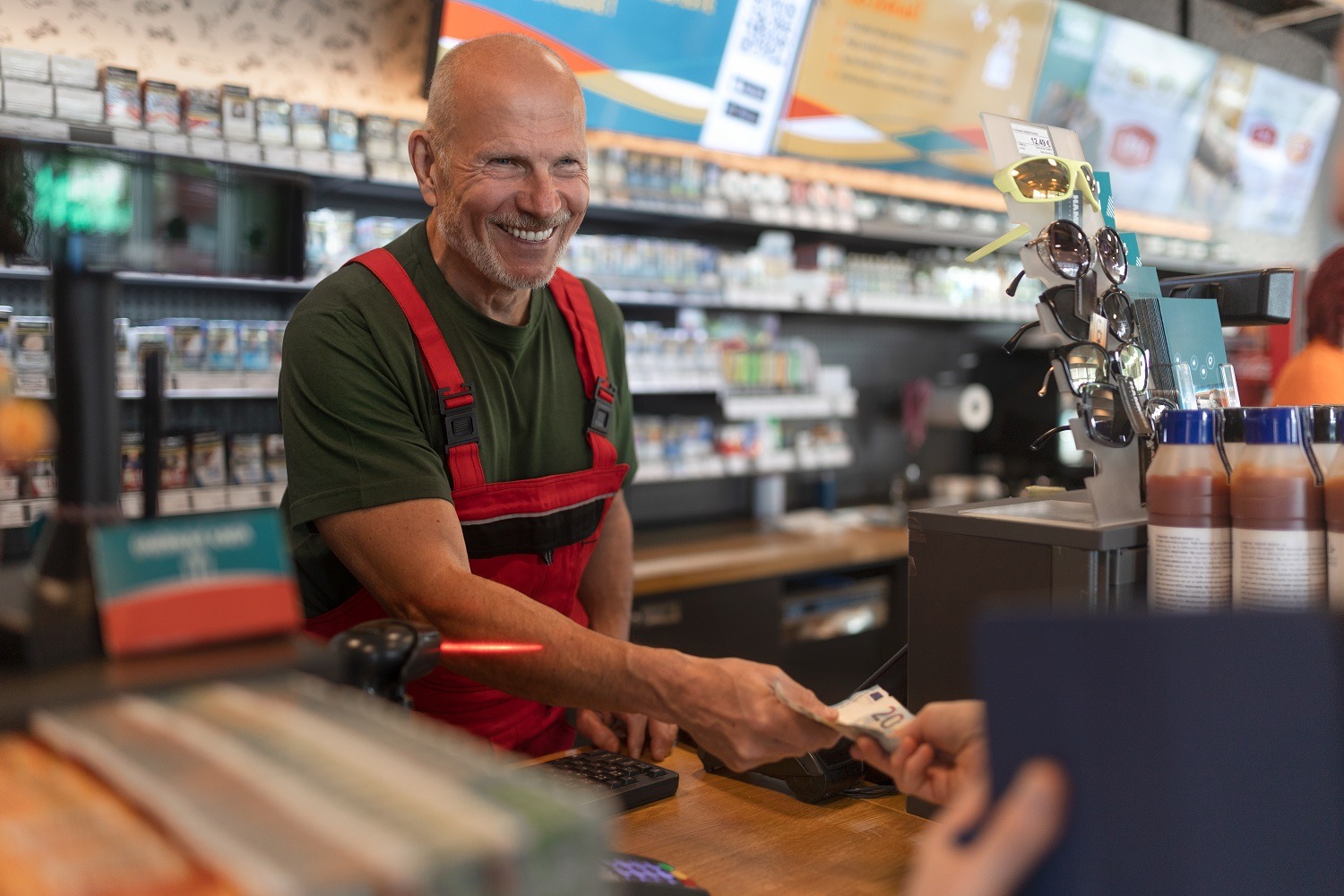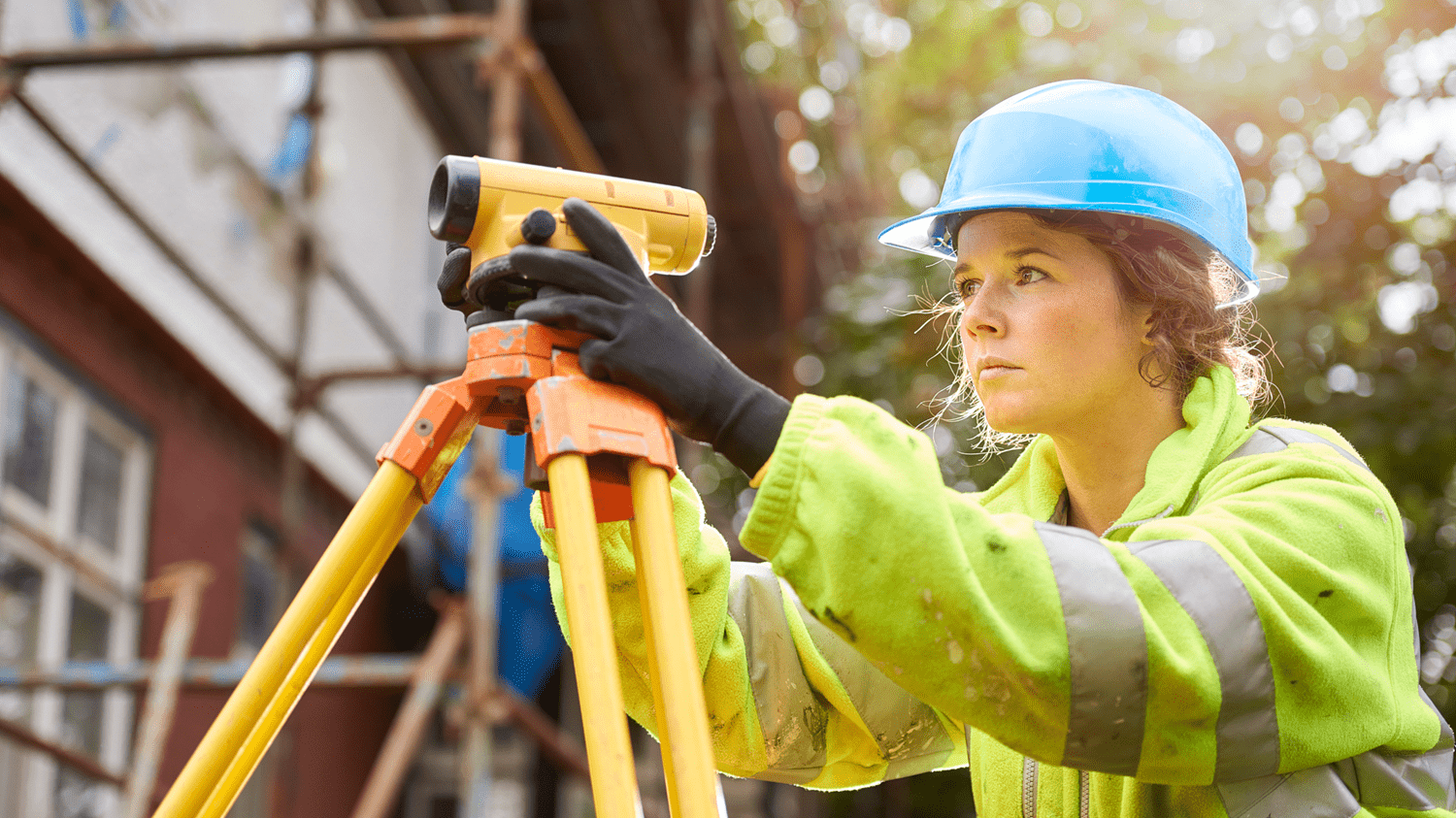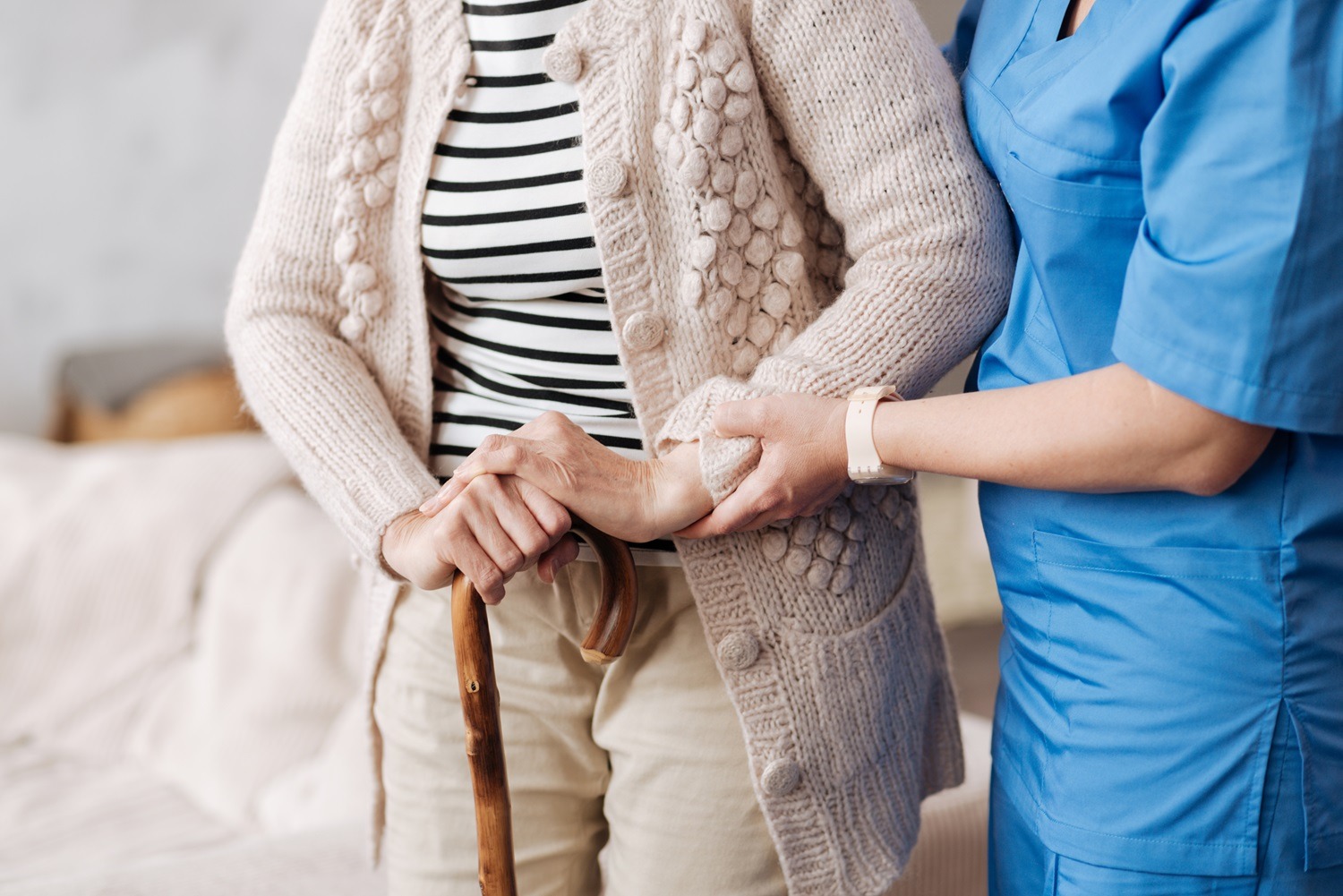
Every employee wants to know that they’re safe at work. Workplace injuries can be scary, serious, and even life-threatening. However, it is significantly worse if you have an injury. There’s where lone worker safety comes in.
Staying safe while working alone
A lone worker is any employee who cannot be seen or heard by their colleagues. This scenario comes with inherent risks. If something goes wrong, no one is there to provide immediate help or call 9-1-1.
It’s common only to consider a handful of industries and jobs when considering lone worker safety. For instance, many often consider jobs in construction, oil and gas, forestry, and agriculture “high-risk.” However, it doesn’t matter how risky a job might be, as there is always a risk if you work alone. Even relatively safe and low-risk occupations can be incredibly hazardous.
For example, jobs like retail shop associates or service station attendants often require you to work alone. As a result, you are more likely to be targeted by criminals. Additionally, you have a higher risk of workplace accidents.
Therefore, lone worker procedures are essential for keeping you safe and preventing injuries.
Age, gender, and training also contribute to the level of risk you face on a job site. For example, men are four times more likely to get hurt at work. In addition, 50% of all safety incidents involving workers under 25 occur in their first six months.
What are the risks?
Lone workers across industries face a wide variety of workplace hazards and risks.
- Crime. Theft and robbery are risks for lone workers at retail stores, service stations, gyms, and similar establishments.
- Slips, trips, and falls. These are common causes of workplace injuries faced by workers in all sectors. Heights and ladders are particularly risky.
- Lifting. Attempting to lift a heavy object can lead to muscle and ligament sprains, strains, and tears.
- Cuts and burns. Workers that handle knives, sharp objects, or hot objects can cut or burn themselves.
- Medical emergencies. These can happen at any time. Heart attacks, strokes, and allergic reactions can be life-threatening for lone workers.
Duty of care responsibilities from employers
In Canada, most provinces and territories have regulations concerning lone worker safety. Even those without specific regulations still require employers to have adequate lone worker protocols in place. As an employer, you must do all you can to protect your employees and reduce risk on the job.
CommAlert offers lone worker monitoring programs for this very reason. Our team of 24/7 live operators checks in with you throughout your shift to ensure you’re safe. If you’re an employer or are self-employed, talk to us about how our work alone services can keep you and your workers safe on the job.
Learn more about lone worker safety.




